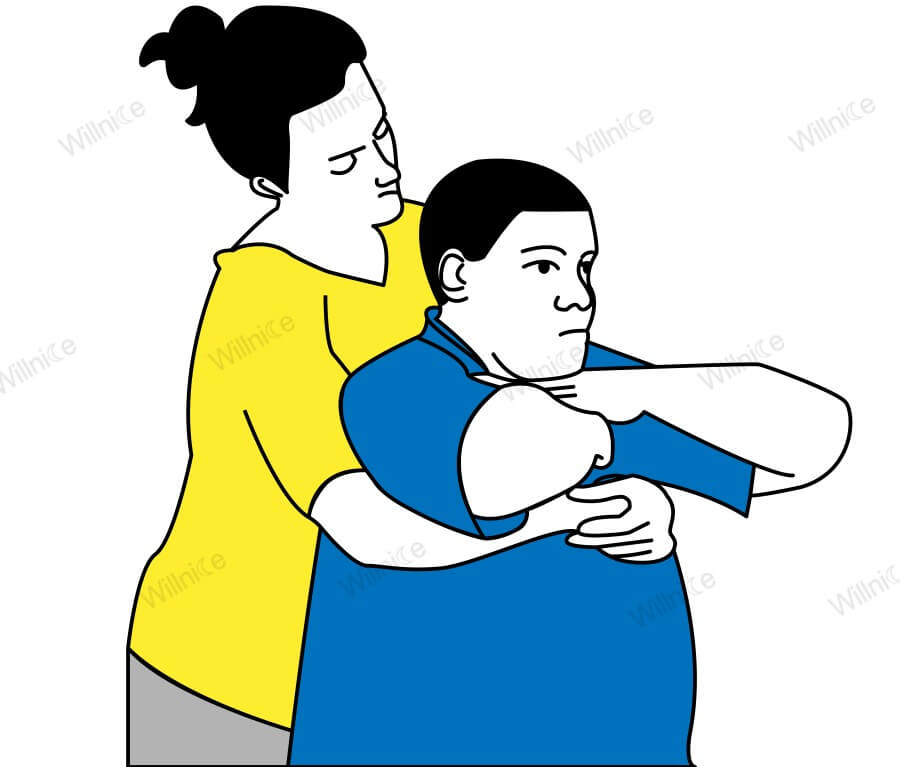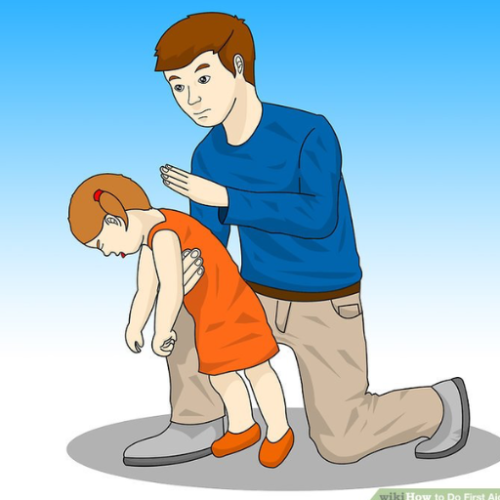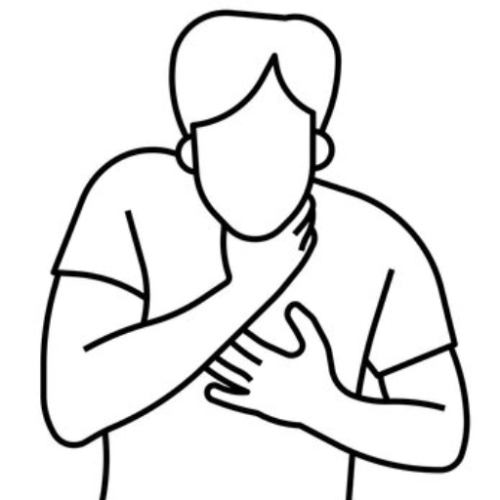
Introduction: Choking emergencies require immediate and effective intervention. While the Heimlich maneuver has been a long-standing method in such situations, the advent of anti-choking devices has introduced a potentially safer and more effective alternative. This article concentrates on "Choking Device vs Heimlich", focusing on critical aspects like risk of injury, suitability, physical strength requirements, risk of aspiration, and the need for training.
1. Risk of Injury:
Heimlich Maneuver: Although effective, the Heimlich maneuver can pose a risk of injury, especially in vulnerable populations such as children, the elderly, or those with certain health conditions. Injuries may include internal organ damage or broken ribs.
Anti-Choking Devices: In contrast, anti-choking devices are designed to be non-invasive. They typically involve creating a seal over the mouth or nose and using negative pressure to dislodge the obstruction, thereby minimizing the risk of physical injury.
2. Not Suitable for All:
Heimlich Maneuver: The Heimlich maneuver is not always suitable for everyone, particularly for infants, pregnant women, or individuals with certain disabilities.
Anti-Choking Devices: Many anti-choking devices come with attachments or adjustments that make them suitable for a broader range of individuals, including infants and those with physical limitations.
3. Requires Physical Strength:
Heimlich Maneuver: Performing the Heimlich maneuver effectively requires a significant amount of physical strength and stamina, which not everyone possesses.
Anti-Choking Devices: These devices often require less physical strength to operate. The design focuses on user-friendliness, making them accessible to a wider range of people, regardless of their physical strength.
4. Risk of Aspiration:
Heimlich Maneuver: There's a risk that the Heimlich maneuver can cause the foreign object to move into the lungs, leading to aspiration.
Anti-Choking Devices: By using suction, anti-choking devices are designed to pull the object out rather than push it deeper, thereby reducing the risk of aspiration.
5. Need for Training:
Heimlich Maneuver: Effective use of the Heimlich maneuver requires proper training and knowledge, as incorrect application can be ineffective or harmful.
Anti-Choking Devices: While training and familiarization are beneficial for anti-choking devices, many are designed with simplicity in mind, allowing effective use even by untrained individuals in emergencies.
The comparison between anti-choking devices and the Heimlich maneuver highlights the advancements in emergency response to choking. Anti-choking devices offer a safer, more inclusive, and potentially more effective alternative, especially in situations where the Heimlich maneuver might be risky or unsuitable. Understanding the benefits and limitations of each method is crucial in ensuring the best possible care in choking emergencies.
In the realm of advanced anti-choking solutions, the Willnice Anti-Choking Device stands out for its exceptional design and effectiveness. Tailored to safely dislodge obstructions from the airway, this device offers a quick and non-invasive response to choking emergencies. Its ease of use is one of its key features, allowing even those without medical training to operate it efficiently. Suitable for a wide range of ages, from infants to the elderly, the Willnice device ensures that anyone, regardless of physical strength or training, can respond effectively to a choking situation. Its innovative suction technology minimizes the risk of injury and aspiration, making it a reliable tool in both homes and professional settings. By choosing the Willnice Anti-Choking Device, you're not just investing in a product; you're investing in safety, peace of mind, and a commitment to emergency preparedness.







 Login with Google
Login with Google Login with Facebook
Login with Facebook